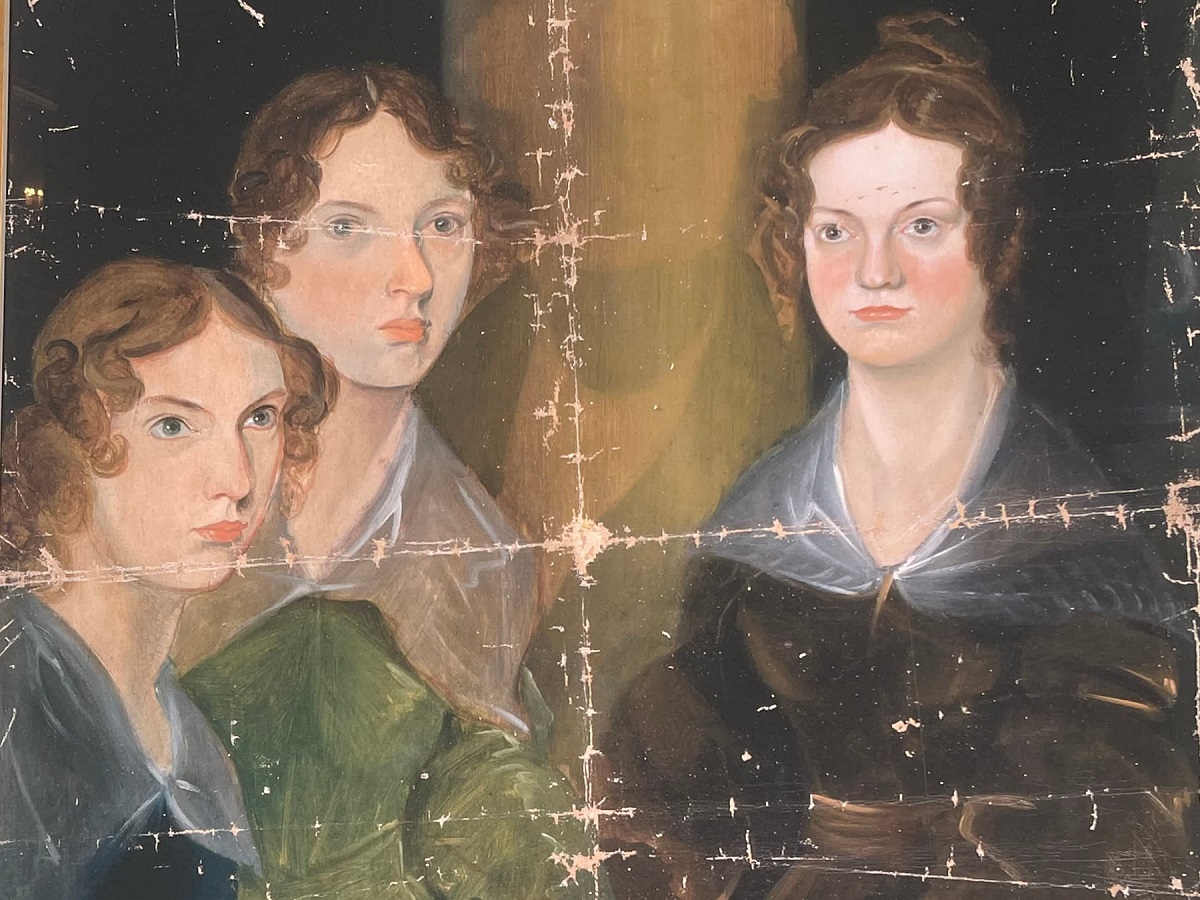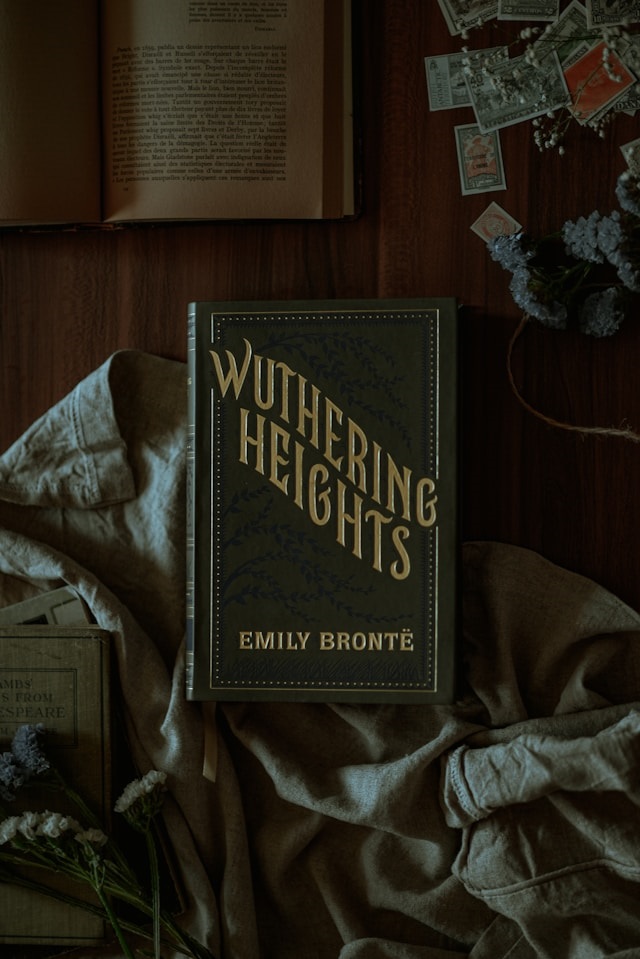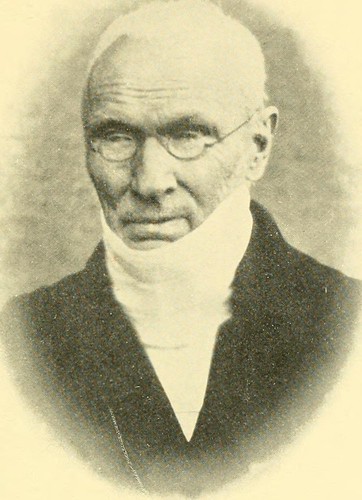Who Were the Brontë Sisters?

Charlotte, Emily, and Anne Brontë are some of the most significant and celebrated authors in English literature. Born in Thornton, Yorkshire in the early 19th century, they grew up in Haworth in a relatively isolated environment, developing their creative talents amidst personal tragedies.
Their father, Patrick Brontë, was an Anglican clergyman, and their mother, Maria, passed away when the children were very young. This left the family to be raised by their aunt Elizabeth Branwell in Haworth village, where the Brontë Parsonage, now a museum, became their lifelong home.
The Brontë sisters are famous for writing novels that challenged Victorian norms, particularly those surrounding gender and class. Their works have remained influential because of their emotional intensity, complex characters, and explorations of societal limitations.
However, to publish their novels, the sisters had to hide their gender by adopting male pen names—Currer (Charlotte), Ellis (Emily), and Acton (Anne) Bell—to ensure their works would be taken seriously in a time when female writers faced significant prejudice.
The Novels of the Brontë Sisters

The Brontë sisters – Charlotte, Emily, and Anne – made significant contributions to English literature despite their brief lives and limited body of work. Their novels, often dark and introspective, have become classics, blending elements of Romanticism and social critique. Each sister brought a unique perspective to their writing, with some of their works now considered staples of English literature.
Charlotte Brontë
Charlotte Brontë was the most prolific of the three sisters, publishing four novels that explore themes of individuality, love, and social constraints. Her work often reflects her own experiences and the challenges women faced during her time.
Jane Eyre (1847)
Jane Eyre is perhaps Charlotte's most famous novel. It tells the story of an orphaned young woman who, despite hardships, becomes a governess and falls in love with her mysterious employer, Mr. Rochester. The novel is notable for its exploration of personal independence, morality, and the complexities of human relationships.
Shirley (1849)
Shirley departs from the Gothic tone of Jane Eyre, focusing instead on the industrial struggles of early 19th-century England. Set against the backdrop of the Luddite uprisings, the novel follows the friendship of two women—Shirley and Caroline—as they navigate personal and political challenges.
Villette (1853)
Villette follows Lucy Snowe, an introverted and self-contained woman who moves to a fictional French city to work as a teacher. It is a deeply personal novel, with themes of isolation, unrequited love, and the search for self-identity. The story is drawn from Charlotte's own experiences in Brussels.
The Professor (1857)
The Professor is Charlotte's least known work, published posthumously. It is the story of William Crimsworth, an Englishman who moves to Belgium to teach. Similar in setting to Villette, this novel explores themes of ambition and cultural displacement.
Emily Brontë
Emily Brontë published only one novel, but it remains one of the most powerful and polarising works of English literature. In addition to her novel, Emily was a prolific poet, though only a small number of her poems were published during her lifetime.
Wuthering Heights (1847)
Wuthering Heights is a tragic tale of love and revenge set on the wild moors. It follows the lives of Catherine Earnshaw and Heathcliff, an orphan boy taken in by Catherine's father. Their passionate but destructive relationship shapes not only their lives but the lives of those around them. The novel's dark themes and complex structure have made it a subject of critical debate since its publication.
The novel has been connected with Top Withens Farmhouse which you can visit on a walk across the moors from Haworth village.
Anne Brontë
Anne Brontë's work is often overshadowed by her sisters' novels, but her writing is remarkable for its realism and progressive social commentary. She was deeply concerned with the status of women and the moral consequences of choices made within patriarchal structures.
Agnes Grey (1847)
Agnes Grey is a semi-autobiographical novel based on Anne's own experiences as a governess. It presents a realistic portrayal of the difficulties faced by women in that profession, highlighting the emotional and financial hardships they endured.
The Tenant of Wildfell Hall (1848)
The Tenant of Wildfell Hall is one of the earliest feminist novels, addressing themes such as alcoholism, domestic abuse, and female independence. The story follows Helen Graham, a woman who escapes an abusive marriage and seeks refuge under an assumed identity. The novel was controversial for its unflinching critique of Victorian marriage and morality.
Read more on the Brontë sisters' timeline here.
Brontë Family Biography - Other Family Members

Patrick Brontë
Patrick Brontë (17 March 1777 – 7 June 1861), father of the Brontë siblings, was born in County Down, Ireland, into a family of farm workers. After studying at St John's College, Cambridge, he changed his surname from Brunty to Brontë, likely to distance himself from his Irish roots and to honour Horatio Nelson.
Patrick became a clergyman, a published poet, and a writer of numerous pamphlets. He worked as the Parish priest at Haworth Parish Church for 41 years. He was devoted to his children's education and survived all of them, passing away at the age of 84.

Maria Brontë
Maria Brontë (15 April 1783 – 15 September 1821) was Patrick Brontë's wife and mother of the Brontë siblings. Born in Penzance, Cornwall, into a well-off family, she was known for her lively and joyful spirit. She died at the age of 38 from uterine cancer.
Although her children, particularly Emily and Anne, had only vague memories of her, she left a lasting impression on her husband and eldest daughter, Charlotte.
Elizabeth Branwell
Elizabeth Branwell (2 December 1776 – 29 October 1842), known as 'Aunt Branwell', came to Haworth after the death of her sister Maria to help care for the Brontë children. A Methodist from Cornwall, she played a significant role in their upbringing, teaching them essential skills and providing them with reading materials.
She remained unmarried, devoting her life to her nieces and nephew. Elizabeth's bequest of £900 to her nieces enabled them to pursue their literary careers without the need for low-paid employment.
More on the Background of the Sisters
Brontë Sisters' Education
The Brontë children received a mix of formal education and self-learning at home. Charlotte, Emily, and their older sisters, Maria and Elizabeth, were sent to the Clergy Daughters' School at Cowan Bridge, a harsh experience that likely inspired Charlotte’s depiction of Lowood School in Jane Eyre.
After the deaths of Maria and Elizabeth, the younger Brontë siblings were mostly educated at home. Charlotte and Emily later studied in Brussels, which had a lasting influence on Charlotte's later works.
Brontë Fact vs Fiction
The Brontë sisters have often been romanticised as tragic, reclusive figures. While their lives were marked by hardship, including the early deaths of their siblings, much of this image was self-crafted.
Charlotte, in particular, helped shape their public image through her 1850 "Biographical Notice" of her sisters, and later Elizabeth Gaskell's The Life of Charlotte Brontë contributed to the mythology. In reality, the Brontës were highly intelligent, imaginative, and in many ways, bold in their literary ambitions.
The Influence of their Upbringing
The Brontë Parsonage in Haworth and the surrounding moors were crucial to the sisters’ imaginations. Isolated in a small, rural community, they created rich imaginary worlds—Angria and Gondal—in their childhood, which laid the foundation for their later literary careers. The dramatic landscape of the moors, with its sweeping views and untamed beauty, inspired much of their writing, particularly Emily's Wuthering Heights.
The Brontës in the Context of Victorian Society
Living in the rigidly stratified society of Victorian England, the Brontës occupied a precarious social position. Their father’s role as a clergyman afforded them an education and a certain status, but they were far from wealthy. The sisters had to work as governesses and teachers, experiences that provided them with material for their novels, particularly Charlotte’s Jane Eyre and Anne’s Agnes Grey.
These roles placed them in a unique social limbo—neither part of the aristocratic families they worked for, nor fully accepted by the working class. This tension is often explored in their works, reflecting their frustrations with the limitations placed on women, particularly those of their social standing.